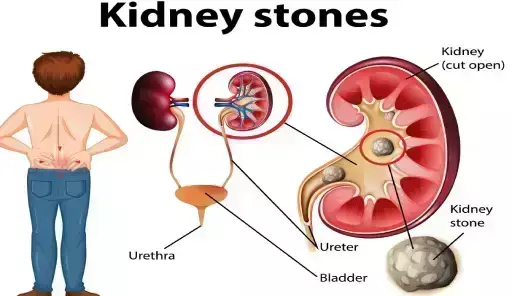Live
- Hindustan Zinc to transition to renewable energy for 70% of total power requirements
- Shankar reveals the reason behind choosing Ram Charan for ‘Game Changer’
- NearEstate.in Revolutionises Virtual Real Estate
- Teerdha Vunnam Named Brand Ambassador for Goodeebag at Future Earth Alliance Event
- Air India Express Expands Operations, Adds Flights from Mangaluru to Delhi, Pune, and Singapore
- ACB Files Case Against Former Minister KTR for Misuse of Government Funds
- CM Revanth Reddy Orders SIT Probe into ORR Tenders
- J&K: Sajad Lone rebukes BOSE for omitting Sheikh Noor-Ud-Din Wali from course
- DMK plans protests across Tamil Nadu over HM Shah’s Ambedkar remarks
- Maruti Suzuki WagonR Celebrates 25th Anniversary — India’s favourite













































